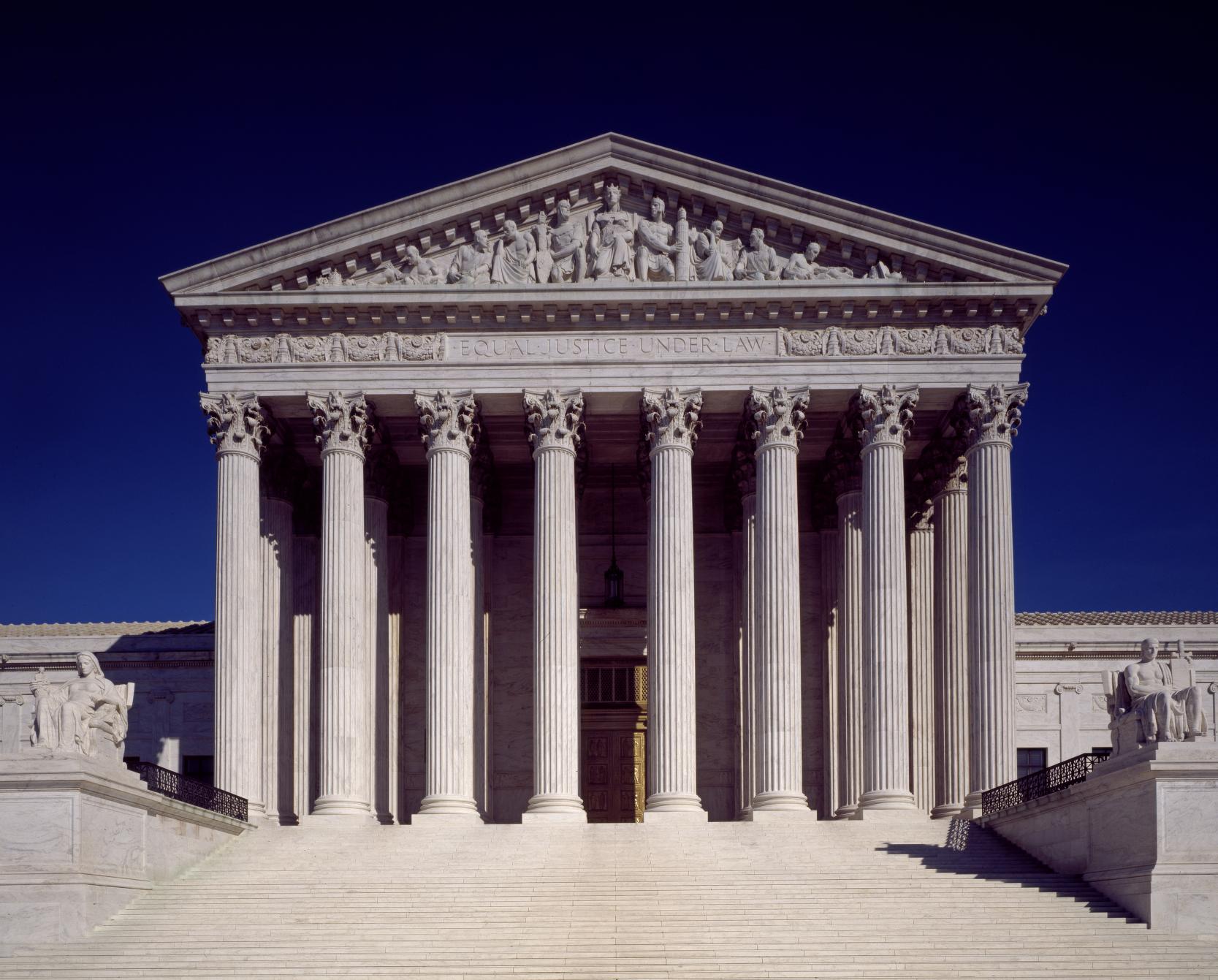Types of Commercial Real Estate Loans: Understanding Your Financing Options

Financing is the foundation of nearly every commercial real estate transaction. Whether you are acquiring a new property, developing a project from the ground up, or refinancing an existing asset, the type of loan you choose will influence your project’s cost, cash flow, and long-term profitability. In commercial real estate, there is no “one-size-fits-all” financing solution — the best loan for your deal will depend on your property’s characteristics, your investment goals, and the timeline you are working with.
Below is an overview of five common types of commercial real estate loans — bridge loans, permanent loans, construction loans, SBA loans, and CMBS loans — along with how each functions, when they are typically used, and the legal considerations borrowers should keep in mind.
Bridge Loans
Bridge loans are short-term financing solutions designed to “bridge” the gap between an immediate need for capital and the availability of long-term financing. They are especially useful when a property must be purchased quickly, renovated before it can qualify for permanent financing, or stabilized to meet a lender’s income requirements.
Because they are designed for speed and flexibility, bridge loans often have higher interest rates and shorter terms — typically six months to three years. They may also require interest-only payments during the loan term. For investors and developers, the advantage is quick access to capital, but the trade-off is cost.
From a legal perspective, bridge loans may include aggressive repayment schedules, prepayment penalties, and covenants that limit borrower flexibility. It is important to review all terms carefully to ensure the financing aligns with the property’s expected stabilization timeline.
Permanent Loans
Permanent loans provide long-term financing for stabilized, income-producing properties. These loans usually replace short-term construction or bridge financing once a property has achieved consistent occupancy and cash flow. Terms can range from five to thirty years, and interest rates may be fixed or variable.
The primary advantage of permanent loans is stability: predictable debt service allows owners to plan cash flow and hold assets over the long term. However, lenders will typically require extensive due diligence and strict adherence to covenants over the life of the loan. Borrowers should pay close attention to clauses related to refinancing, sale, and default to avoid costly surprises later.
Construction Loans
Construction loans finance the costs of building or significantly renovating a property. Unlike permanent loans, these funds are disbursed in stages — often referred to as “draws” — as work progresses. Most construction loans are short-term, ranging from twelve to thirty-six months, and are interest-only until the project is complete.
Because these loans are tied directly to the progress of the project, lenders closely monitor compliance with construction timelines, budgets, and permitting requirements. Attorneys play a critical role in reviewing draw schedules, contractor agreements, lien waivers, and change order provisions to protect the borrower’s rights throughout construction.
SBA Loans
Small Business Administration (SBA) loans, particularly the SBA 504 and SBA 7(a) programs, offer favorable terms for small businesses that occupy at least 51% of their commercial property. These loans feature low down payments, competitive interest rates, and extended repayment terms — often up to twenty-five years.
While the SBA provides a partial government guarantee to the lender, borrowers must still meet strict eligibility criteria and comply with detailed closing requirements. Legal review is especially important for SBA loans, as the documentation can be extensive and includes personal guarantee provisions that may affect both the business and its owners.
CMBS Loans
Commercial Mortgage-Backed Securities (CMBS) loans are bundled together and sold to investors in the secondary market. They are known for offering competitive interest rates, high leverage, and non-recourse structures (with carve-out exceptions).
CMBS loans typically have terms of five to ten years with a balloon payment at maturity, requiring refinancing or sale of the property at the end of the term. While the terms can be attractive, CMBS loans are highly standardized and leave little room for negotiation. Borrowers should pay close attention to servicing restrictions, default triggers, and carve-out guaranties to ensure they understand their obligations.
Each of these financing options serves a distinct purpose in the commercial real estate market. Bridge loans offer speed and flexibility, permanent loans provide stability, construction loans fund development, SBA loans help small businesses acquire property, and CMBS loans deliver competitive rates for large-scale deals.
Selecting the right loan requires not only a clear understanding of your financial and operational goals, but also careful legal review of the terms and obligations involved. At The Anderson Firm, P.C., we work with borrowers, lenders, and investors nationwide to structure and negotiate financing arrangements that protect our clients’ interests at every stage of a transaction.
Recent News























































